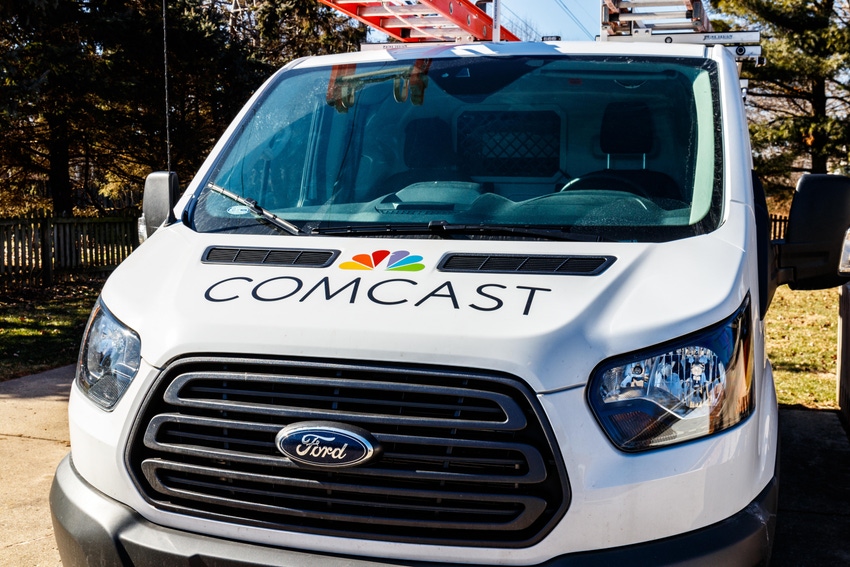Comcast rolls DOCSIS 4.0 into Philly
Comcast's deployment of DOCSIS 4.0 technology and a mix of 'X-Class Internet' tiers delivering symmetrical speeds up to 2 Gbit/s follows initial rollouts in Colorado Springs and Atlanta.

Comcast confirmed it has launched DOCSIS 4.0-powered broadband services in parts of the operator's hometown of Philadelphia, where the operator competes with Verizon and Astound Broadband (RCN) along with fixed wireless access options such as AT&T's new "Internet Air" service.
Philadelphia is Comcast's third DOCSIS 4.0 market and follows recent deployments in Atlanta, Georgia, and in Colorado Springs, Colorado. Comcast plans to expand its D4.0 rollout to more markets in 2024 but has yet to identify which ones are on that list.
Comcast is using the X-Class Internet brand for a new lineup of DOCSIS 4.0-powered services that offer symmetrical speeds of up to 2 Gbit/s.
Comcast is starting with four X-Class Internet tiers: 300 Mbit/s, 500 Mbit/s, 1 Gbit/s and 2 Gbit/s. Initial everyday/non-promotional pricing for the X-Class Internet offerings starts at $55 per month for the 300 Mbit/s offering, up to $115 per month for the new 2-Gig tier.
For X-Class Internet's in-home setup, Comcast is initially pairing a standalone, production-ready DOCSIS 4.0 modem based on Broadcom silicon with a Wi-Fi 6E access point/router. Future DOCSIS 4.0 products are expected to include gateways with built-in Wi-Fi connectivity. X-Class Internet customers receive a "professional setup" for speed tiers over 500 Mbit/s.
According to this product page, all X-Class Internet tiers come with unlimited data and Comcast's Advanced Security product. Comcast is also bundling in the ad-supported Peacock Premium streaming service (regularly $5.99 per month) and a 4K streaming box (Comcast is in the process of shifting from the original Xfinity Flex box to the new Xumo Stream Box) with the X-Class Internet 1-Gig and 2-Gig tiers.
Comcast is basing its DOCSIS 4.0 deployments on the Full Duplex (FDX) version of the specs, which feature an FDX band that allows upstream and downstream traffic to occupy the same block of spectrum.
The operator's initial D4.0 deployments are based on an "N+0" architecture that have fiber pulled deep enough to eliminate all amplifiers between the home and the node.
Comcast is working with CommScope on an FDX amplifier that will enable the operator to deploy D4.0 more broadly to parts of the network that have multiple amplifiers between the home and the node. This fall, Comcast ran FDX amplifier lab trials that generated symmetrical speeds of 4 Gbit/s that emulated a "typical plant design" with a six-amplifier cascade.
About the Author(s)
You May Also Like












